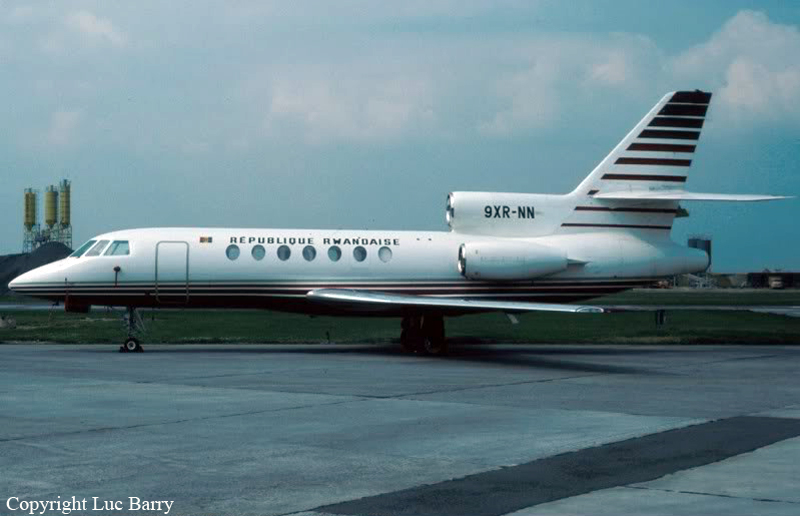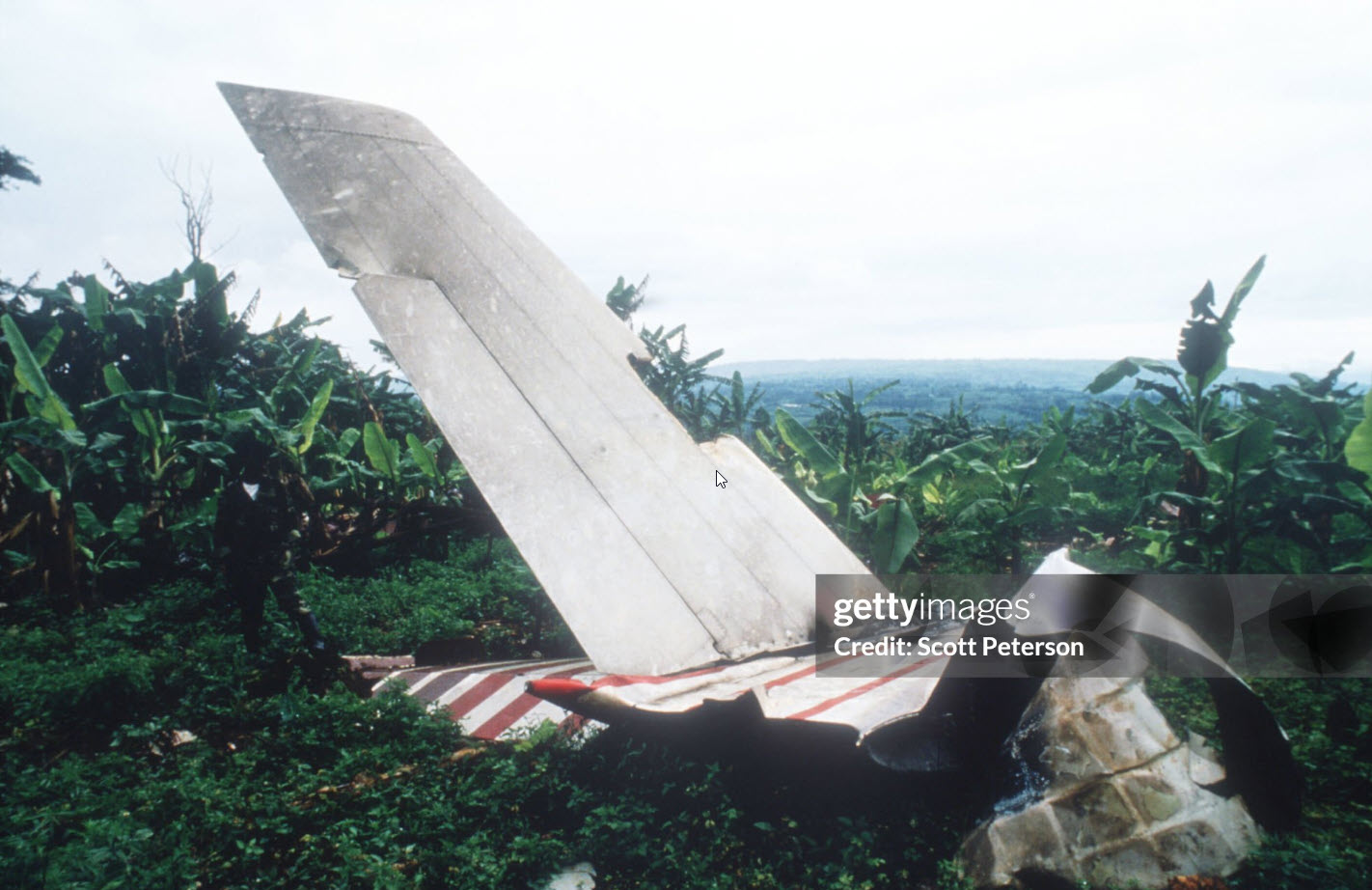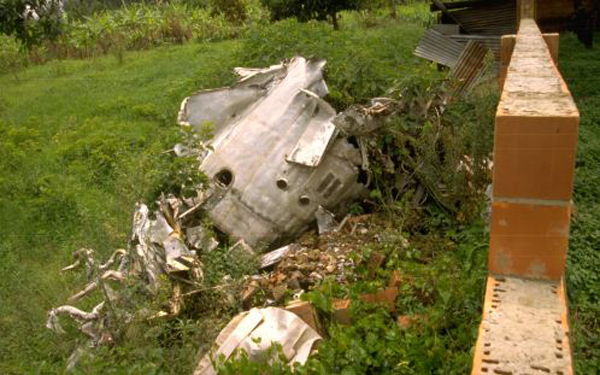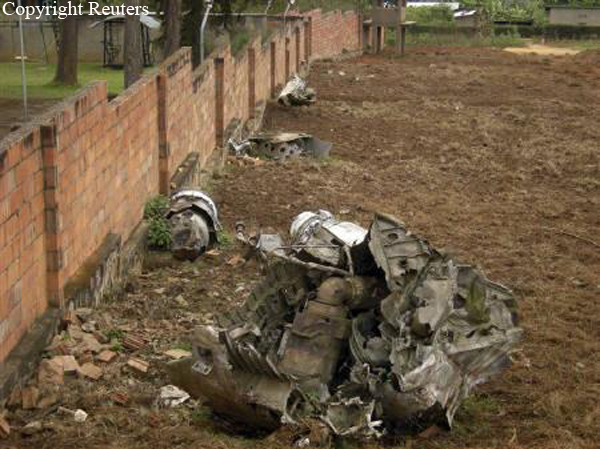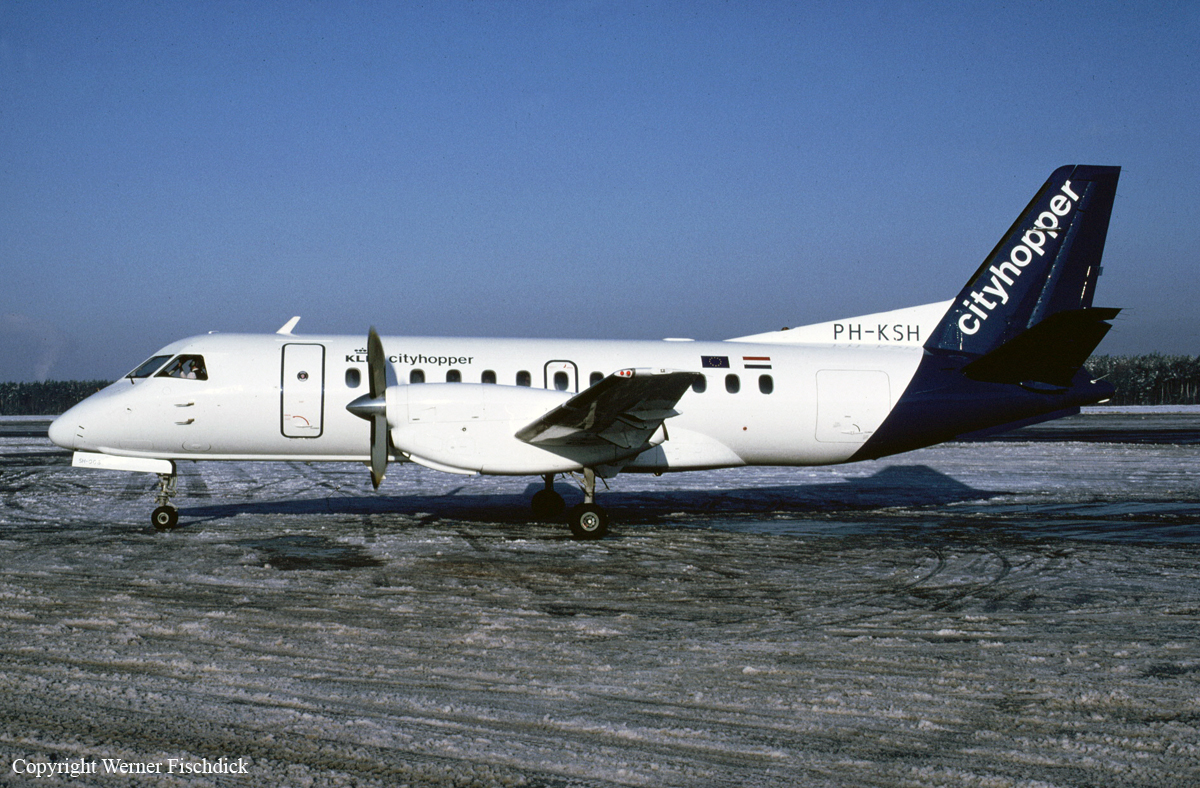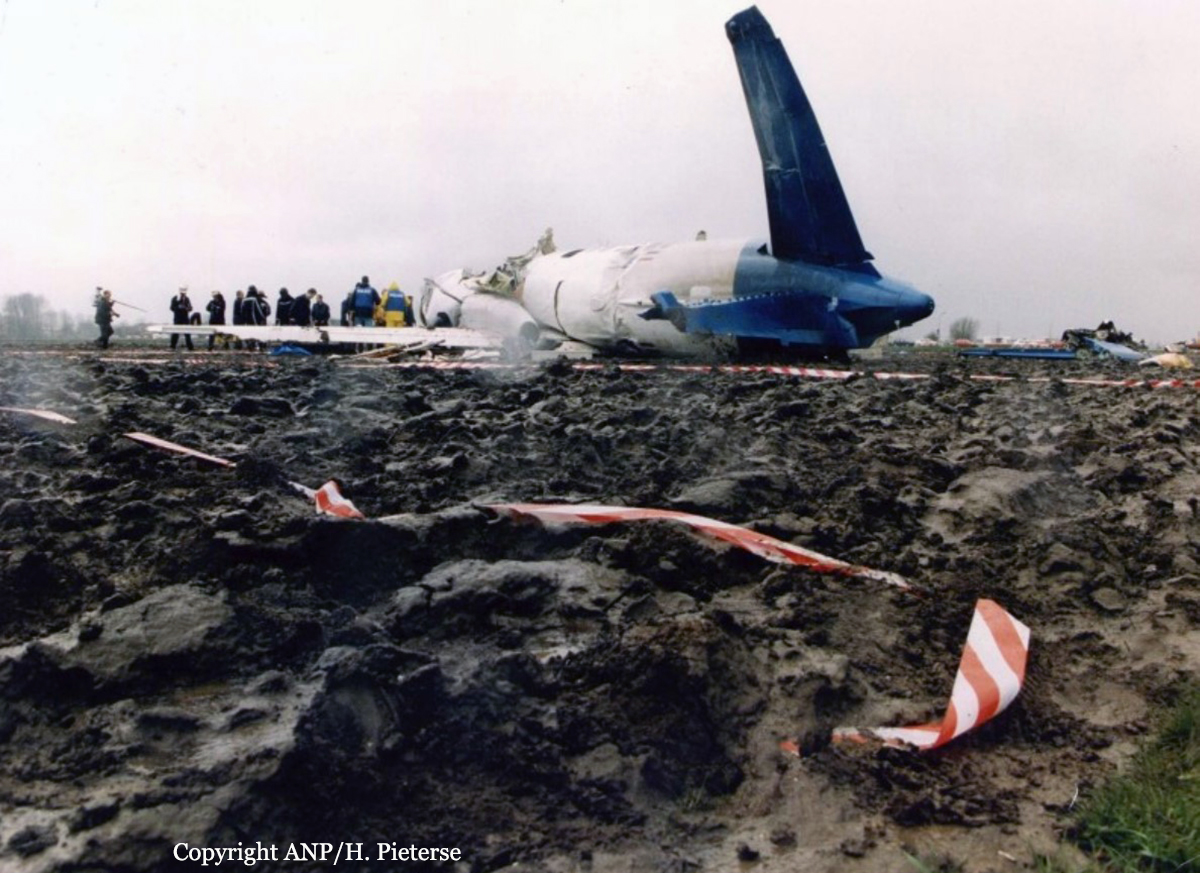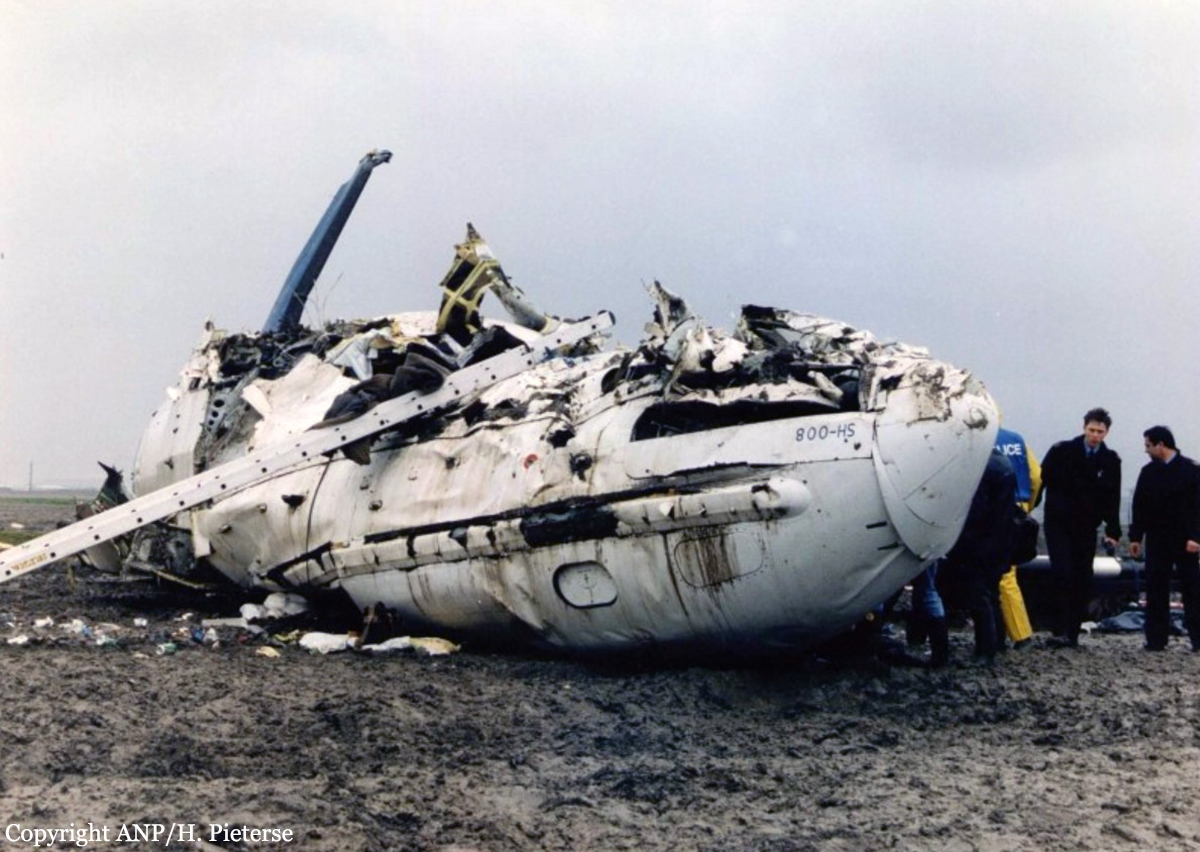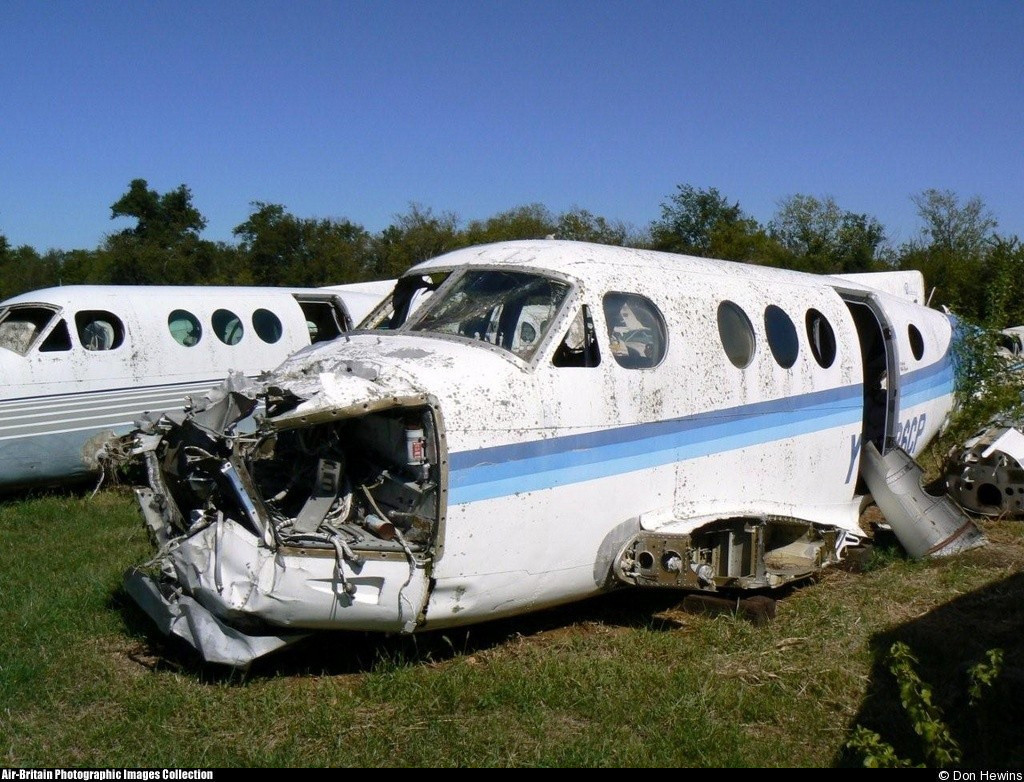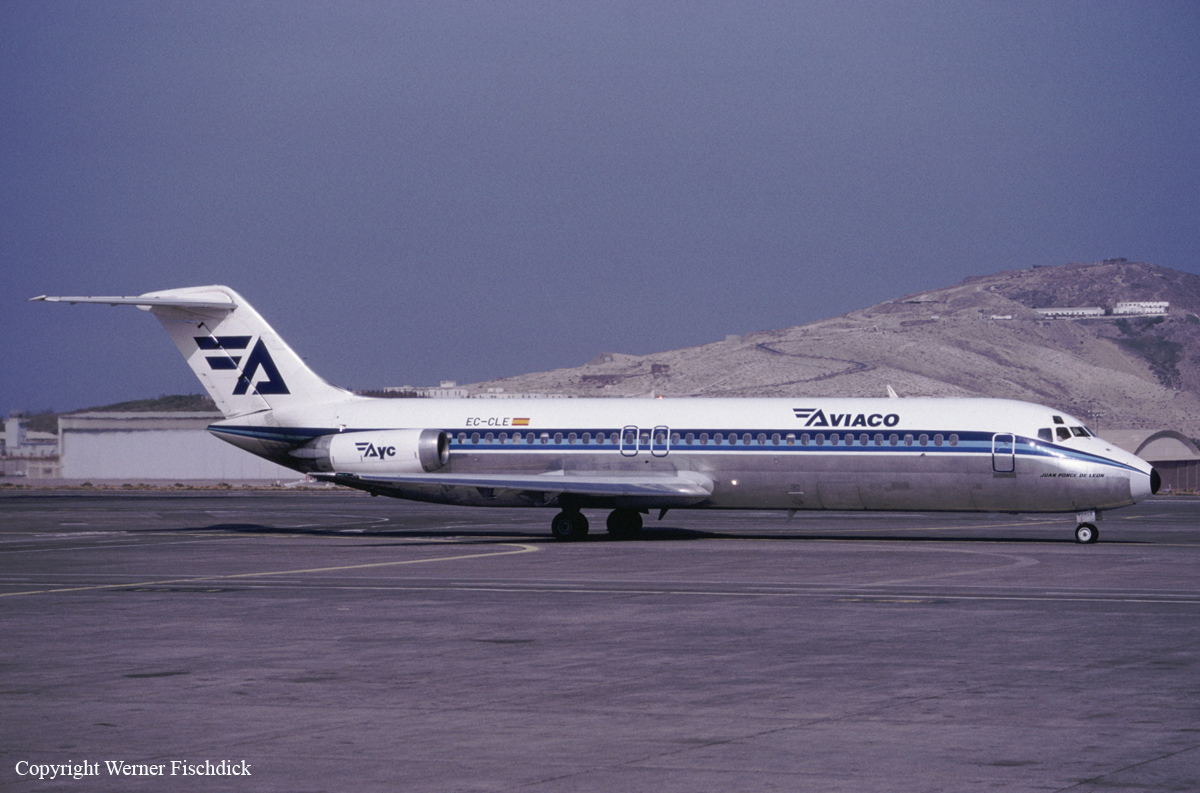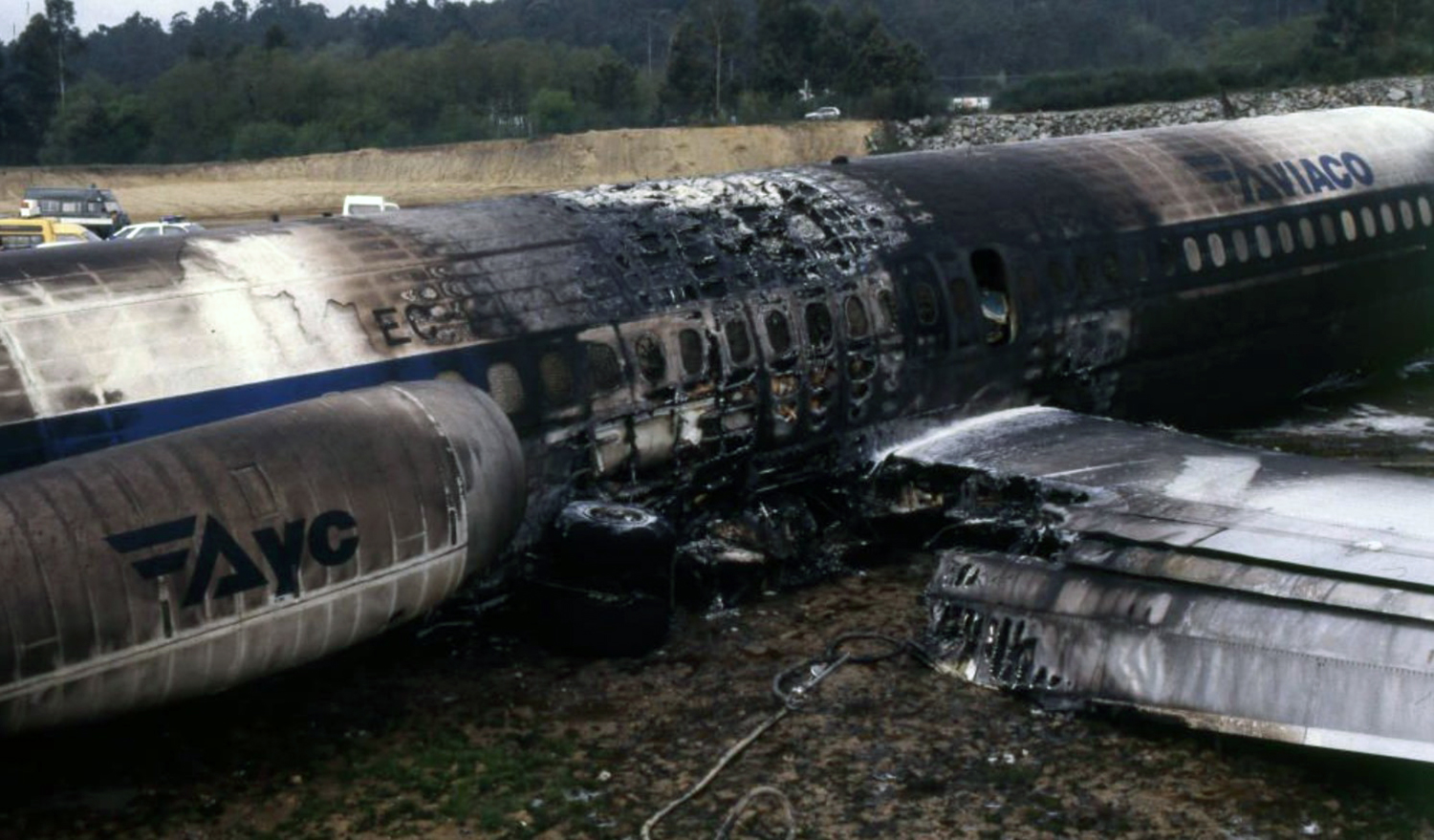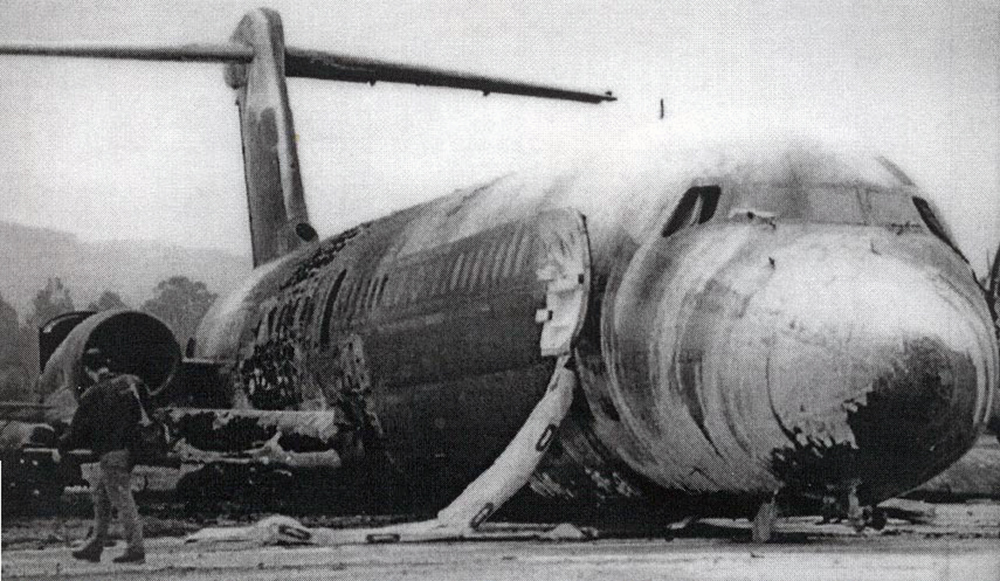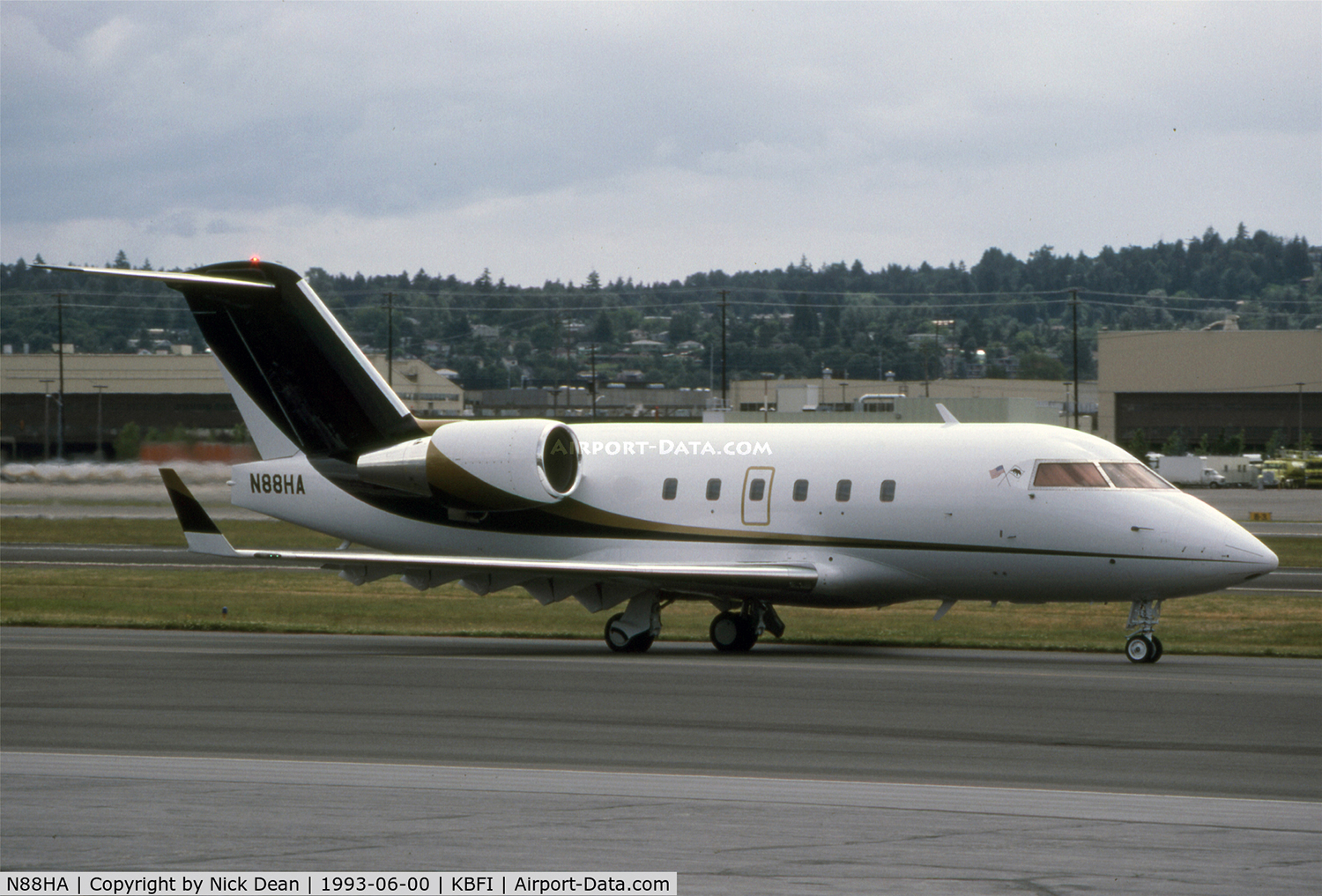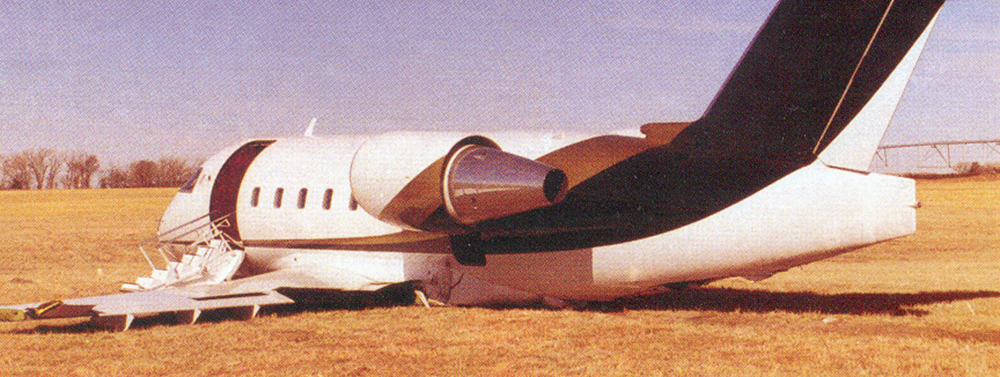Crash of a Lockheed L-382G-35C Hercules in Malanje
Date & Time:
Apr 7, 1994
Registration:
D2-THC
Survivors:
Yes
MSN:
4679
YOM:
1976
Crew on board:
5
Crew fatalities:
Pax on board:
0
Pax fatalities:
Other fatalities:
Total fatalities:
0
Circumstances:
After landing at Malanje Airport, the crew encountered technical problems with the brakes. The aircraft came to rest on the runway, bursting into flames. All five crew members escaped uninjured while the aircraft was destroyed by fire.
Probable cause:
Brakes overheated after landing for unknown reasons.





